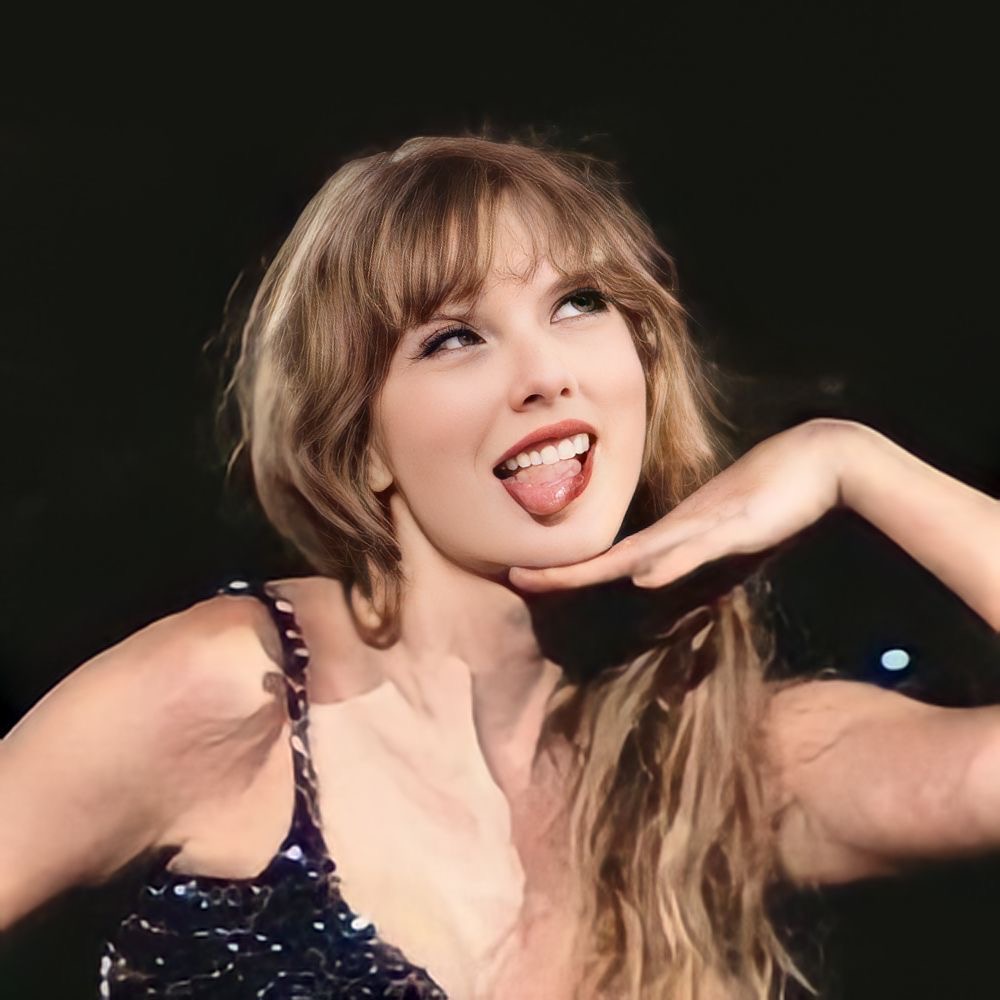Cognitive Approach
Cards (27)
- Cognition
- 3 examples of when we use cognition
- Scientific or not scientific?
- Making inferences
- Computer analogy
- One example of a computer model
- Internal mental processes
- 3 examples of internal mental processes
- Mental representations
- Cognitive schema
- What does the schema theory suggest?
- Barlett (1932) "The War of Ghosts"
- What happens when there are bits of information missing?
- The rat man experiment
- Cognitive neuroscience
- 2 examples of cognitive neuroscience research
- What can neuroscience be used for?
- transcranial direct current stimulation
- Ethical issues with TDCS
- Researcher who aimed to understand consciousness
- Describe Crick's research
- Describe the case study Crick carried out to support his theory
- Conclusion from Crick's case study
- Strengths of cognitive neuroscience (2)
- Weaknesses of cognitive neuroscience (2)
- Strengths of the cognitive approach (2)
- Weakness of the cognitive approach
